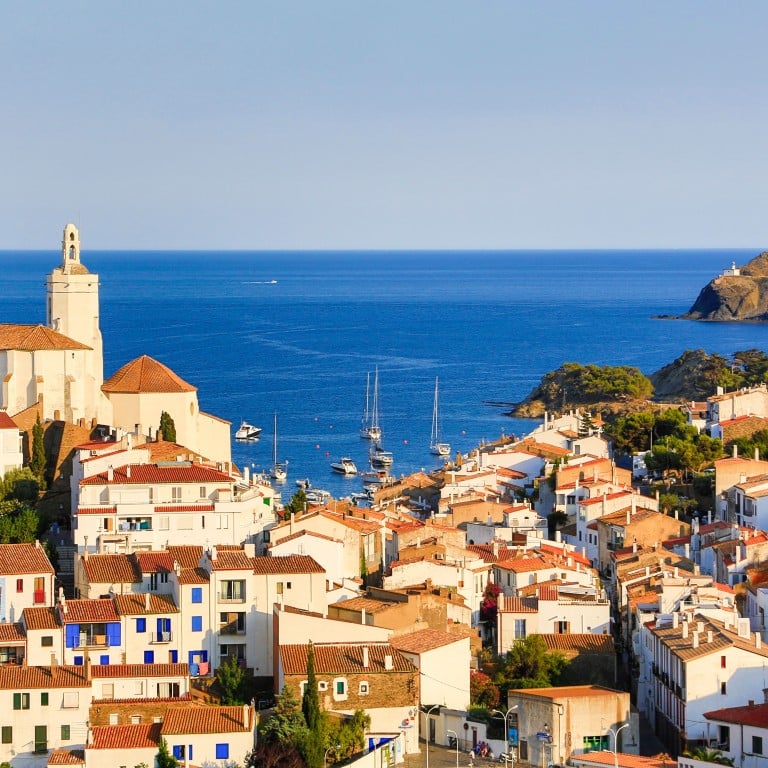
From Catalonia to Corsica, Europe’s independence-seeking regions have much to offer the intrepid adventurer
- Sardinia might be a bucket-list favourite, but for the more adventurous, the ‘state’ of Transnistria could do with a little recognition
- The Simpsons cartoon gave the independence movement in Cornwall – the poorest county in England – a shot in the arm in 2004
Independence movements gather momentum for a variety of reasons, from linguistic and cultural differences to geographical isolation – factors that, coincidentally, make such places irresistible to inquisitive tourists. Instead of dwelling on the obstacles faced by regions determined to go it alone, let’s focus on what some of Europe’s secessionist-seeking provinces have to offer sightseers.
Catalonia (reluctantly part of Spain)
Synonymous with separatism, Catalonia is home to Europe’s highest profile independence movement. Barcelona received the lion’s share of the 19.1 million tourists who visited the province in 2017 but there’s a lot more to northeastern Spain than the overcrowded Catalan capital.
Squid sandwiches and sacred sites: the attractions of Zaragoza, Spain
North of the city, the Costa Brava is a scenic swathe of cheap and cheerful Mediterranean holiday resorts interspersed with exclusive bolt-holes where second homes change hands for millions of euros. Inland, medieval architecture and Roman ruins draw culture vultures to the riverside towns of Girona and Besalú, the latter rising to importance in the Middle Ages, when it was ruled by a character called Wilfred the Hairy.
Hike high into the Pyrenees during the summer, then come back with your skis in winter; marvel at Tarragona’s Roman amphitheatre and the mountain monastery of Montserrat. In fact, you could quite easily enjoy a Catalan holiday without even setting foot in Barcelona.
Transnistria (reluctantly part of Moldova)

What happens if you declare independence and create a flag, a coat of arms, a constitution and a currency but not a single member of the United Nations decides to recognise you? If you’re Transnistria, you carry on regardless.
The country … sorry, autonomous territorial unit … squeezed between Moldova and Ukraine is cut off from Russia but, despite the break-up of the Soviet Union, citizens still look to the Motherland culturally, linguistically and probably from a Eurovision Song Contest perspective as well. Since Limbo Land lacks embassies or consulates, it would be unwise to wade into political discussions with the locals – assuming you intend to leave the non-existent nation, that is.
Pose for selfies at various hammer- and sickle-themed war memorials, statues of Lenin and busts of Soviet cosmonaut Yuri Gagarin and you’ve pretty much taken Transnistria’s tourist pulse.
Cornwall (reluctantly part of England)

The winner of the “you can’t buy that kind of publicity” prize goes to the Cornish independence movement. Party members must have rubbed their eyes in disbelief when Lisa paced around her kitchen chanting “Rydhsys rag Kernow lemmyn” (Free Cornwall Now) in a 2004 episode of “The Simpsons”.
The ancient Celtic kingdom is renowned for its beautiful coastline – surfers are drawn to the broad, north-facing beaches where Atlantic rollers pound ashore, while sheltered bays and coves to the south attract families. Away from the water, history buffs clamber over the ruins of Norman castles and day trippers compare cream teas in picture-postcard villages such as Port Isaac, Mevagissey and St Ives.
Overcrowding last summer led to traffic gridlock at some beauty spots and calls to limit visitor numbers – easier said than done in England’s poorest county, where an estimated one in three households rely on income from tourism. In July 2017, the Cornish Republican Army separatist group claimed responsibility for firebombing celebrity chef Rick Stein’s Porthleven seafood restaurant. I wonder whether Lisa Simpson approved.
Sardinia (reluctantly part of Italy)
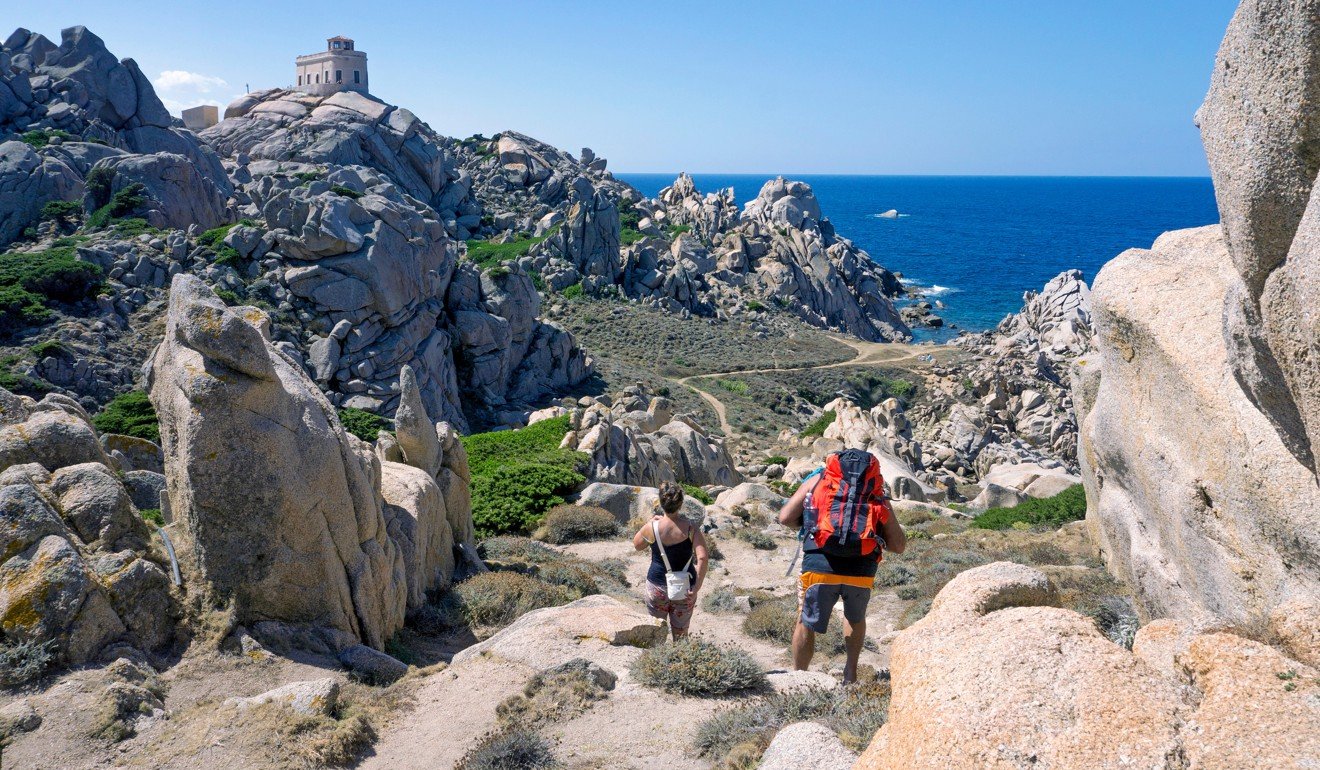
Once a part of Spain, Sardinia was almost ceded to France and has long been marginalised from mainstream Italian politics. Secessionist fervour peaked in the 1980s but since then, the relentless march of tourism has resulted in the inhabitants of Europe’s second-largest Mediterranean island (after Sicily) channelling their energies into hosting holidaymakers rather than whipping up anti-Italian sentiment.
Among its many beaches are some of the most sublime anywhere in Europe, vineyards corduroy the hills and olive groves offer shade to hikers and mountain bikers. Nowadays, Italian has taken over from Sardinian as the lingua franca, although Corsican dialects are spoken in the north of the island.
Corsica (reluctantly part of France)
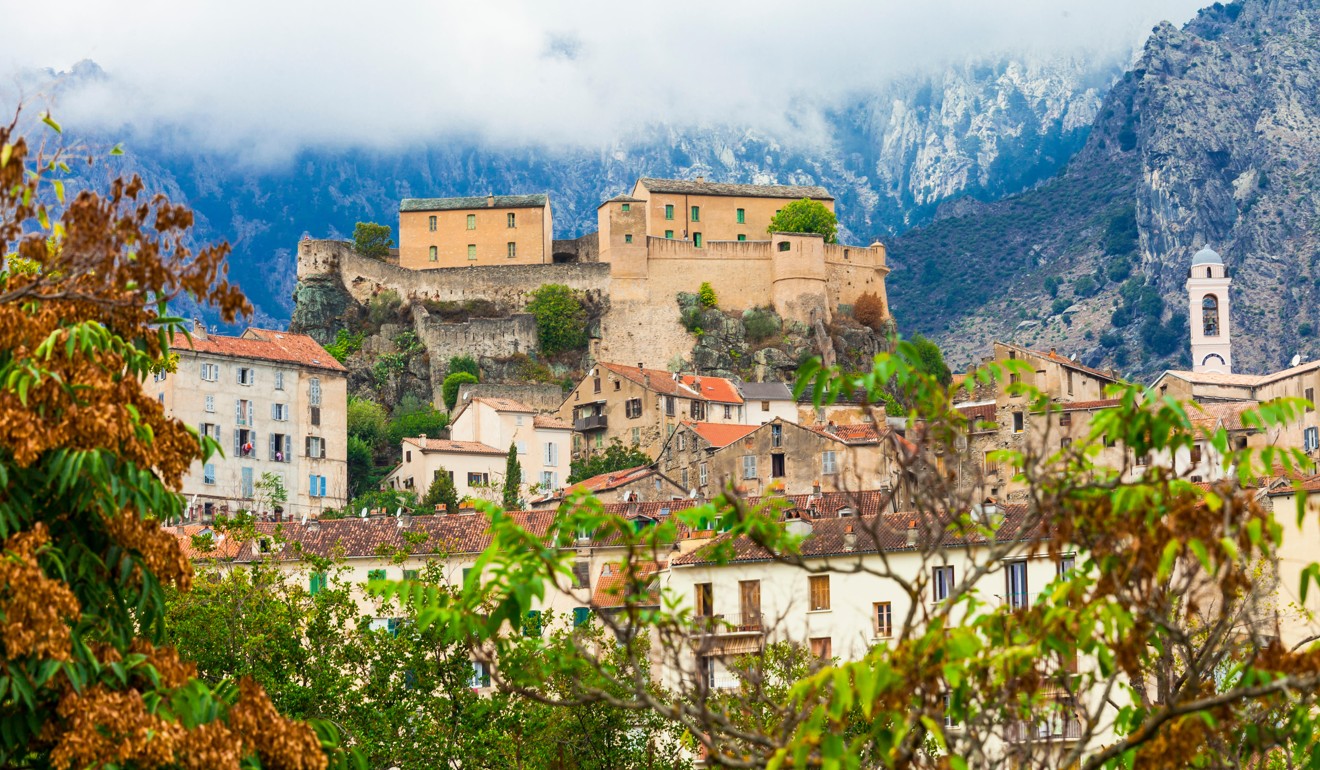
Only 11km across the Strait of Bonifacio from Sardinia but 1,100km from Paris, it’s hardly surprising that Corsicans seek a higher degree of autonomy. There are few calls for full independence, however, as Napoleon Bonaparte’s birthplace relies heavily on funding from the French capital.
Smitten sightseers lap up fortified medieval towns and villages, mountain vistas, nature reserves and beaches on a par with Sardinia’s finest. L’Île de Beauté, or the Isle of Beauty, has been part of France since 1768 but has its own, distinctive vibe. Corsicans are proud of their homeland, are suspicious of outsiders and have a rebellious streak. Think of it as a Mediterranean version of Hong Kong’s Lamma Island.
Székely Land, Transylvania (reluctantly part of Romania)
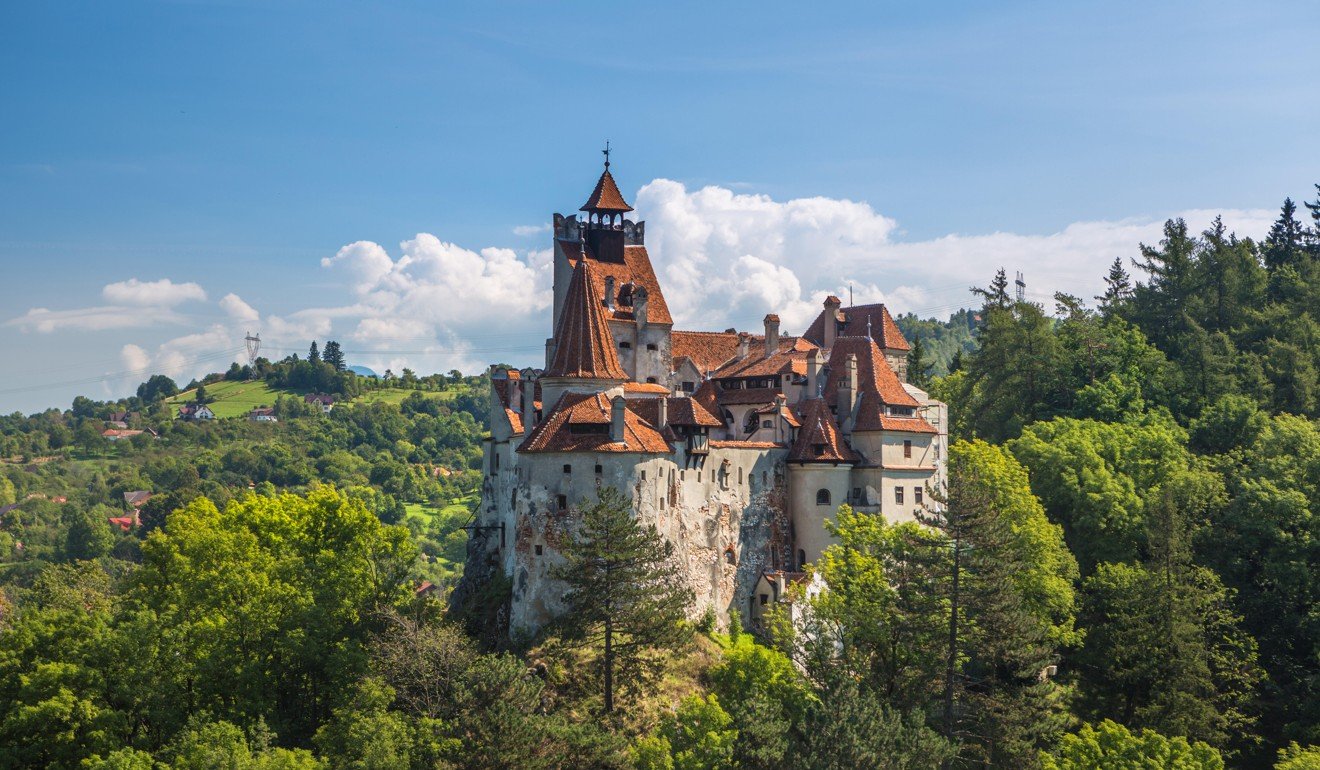
Explore Târgu Mures, a delightful, largely Hungarian-speaking city that gives way to a rustic hinterland in which horse-drawn carts rule the roads. Still in Transylvania, make a beeline for the Saxon settlement of Sighisoara, which has barely changed since it was built in the 12th century.
Next head to Bran Castle, the rumoured residence of nefarious neck nibbler Count Dracula, then round off your Transylvania tour with a glass of Romanian wine in photogenic Brasov town square, overlooked by half-timbered merchant houses and chunky fortified walls.
Kaliningrad (reluctantly part of Russia)
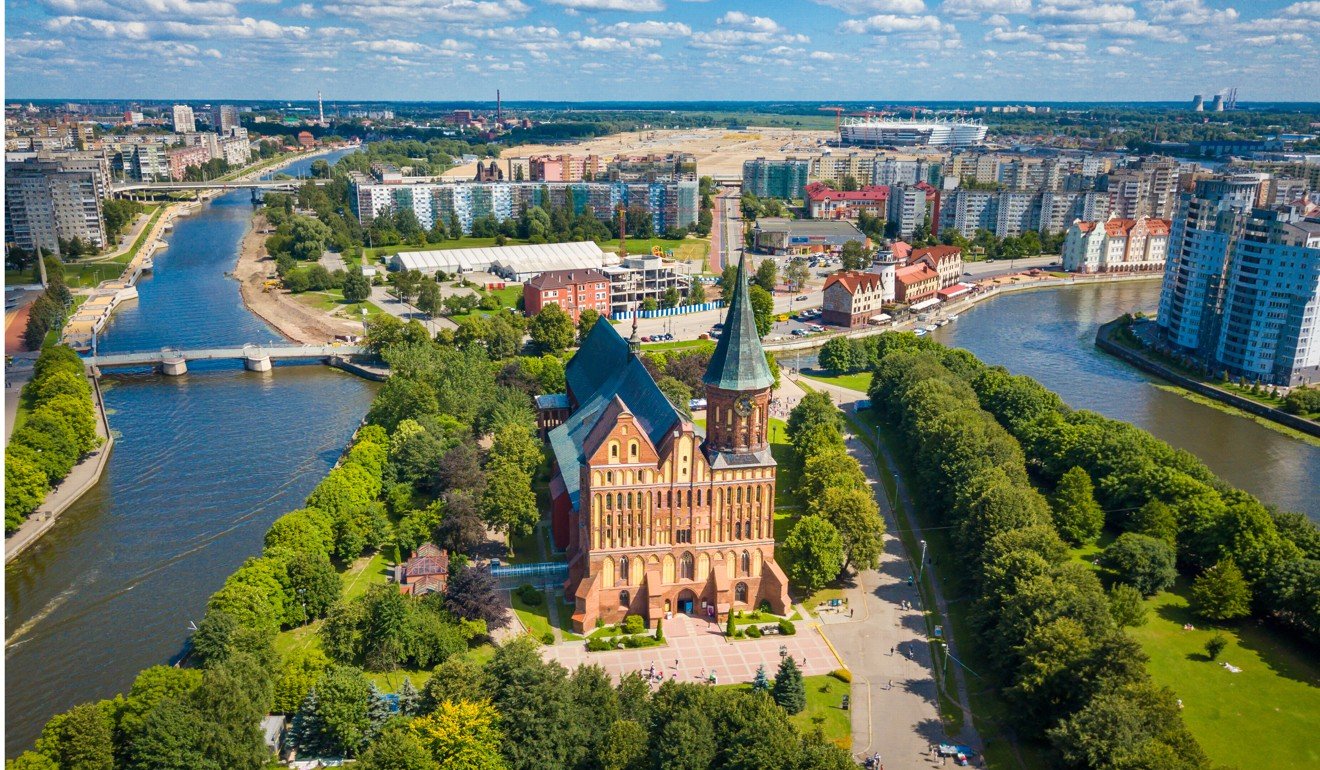
A political and geographical anomaly, the exclave of Kaliningrad has long harboured separatist ambitions. In communist times, citizens wishing to visit Moscow merely had to travel through fellow Soviet republics. Since the collapse of the Soviet Union, in 1991, however, the capital of the former German province of East Prussia, once known as Königsberg, has been cut off from the “mainland” by Belarus and Lithuania.
For now, Kaliningrad remains part of the Russian Federation, although its citizens prefer to shop for delicacies in neighbouring Poland than in St Petersburg or Moscow. Tourism options include a familiar Soviet checklist of museums, monuments and military parades – not to mention a scattering of onion-domed Orthodox churches. Most unsettling of all is the sensation of being somewhere that feels completely different to the rest of the country. A Baltic version of Hong Kong’s Discovery Bay, if you like.

